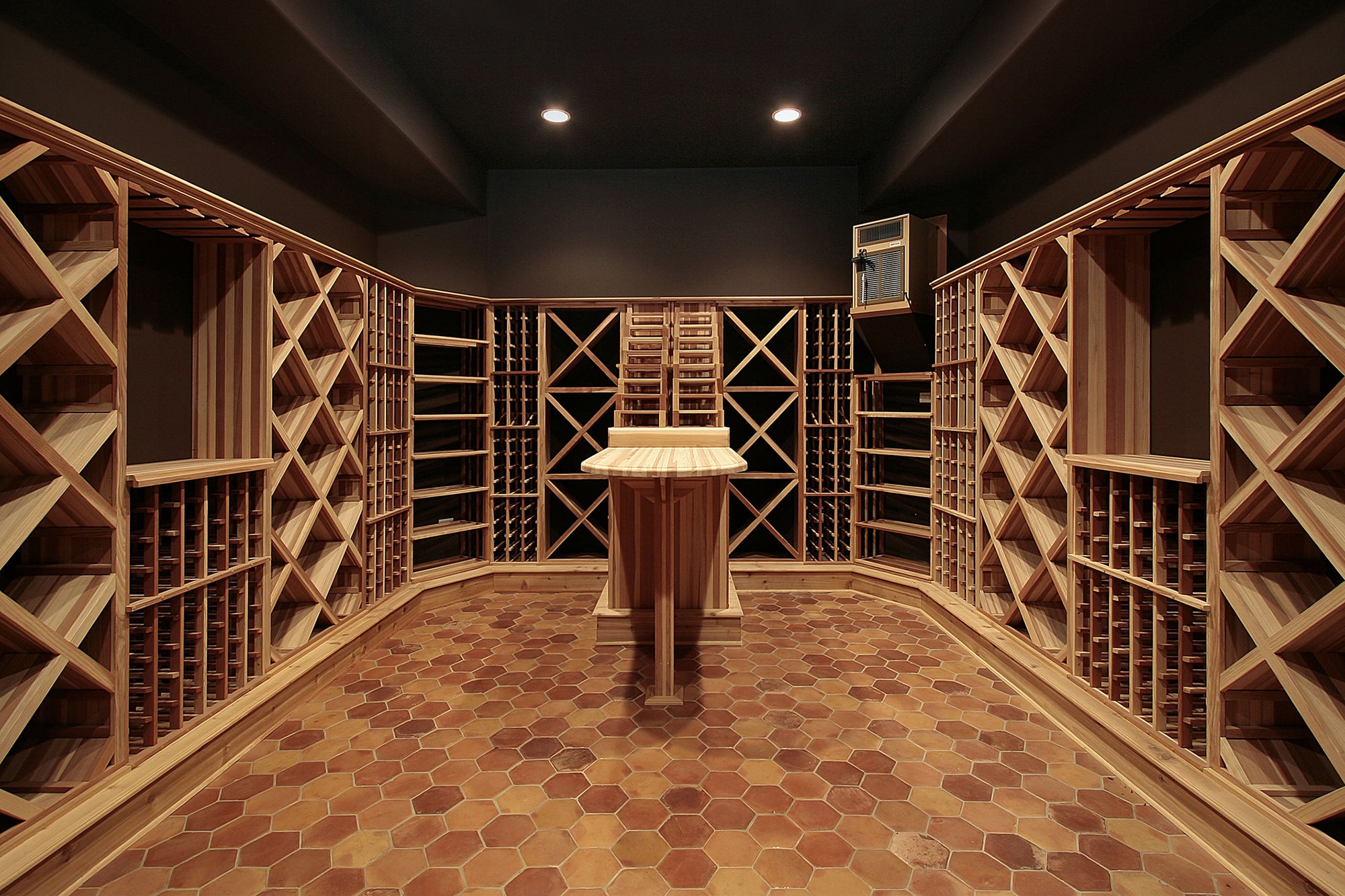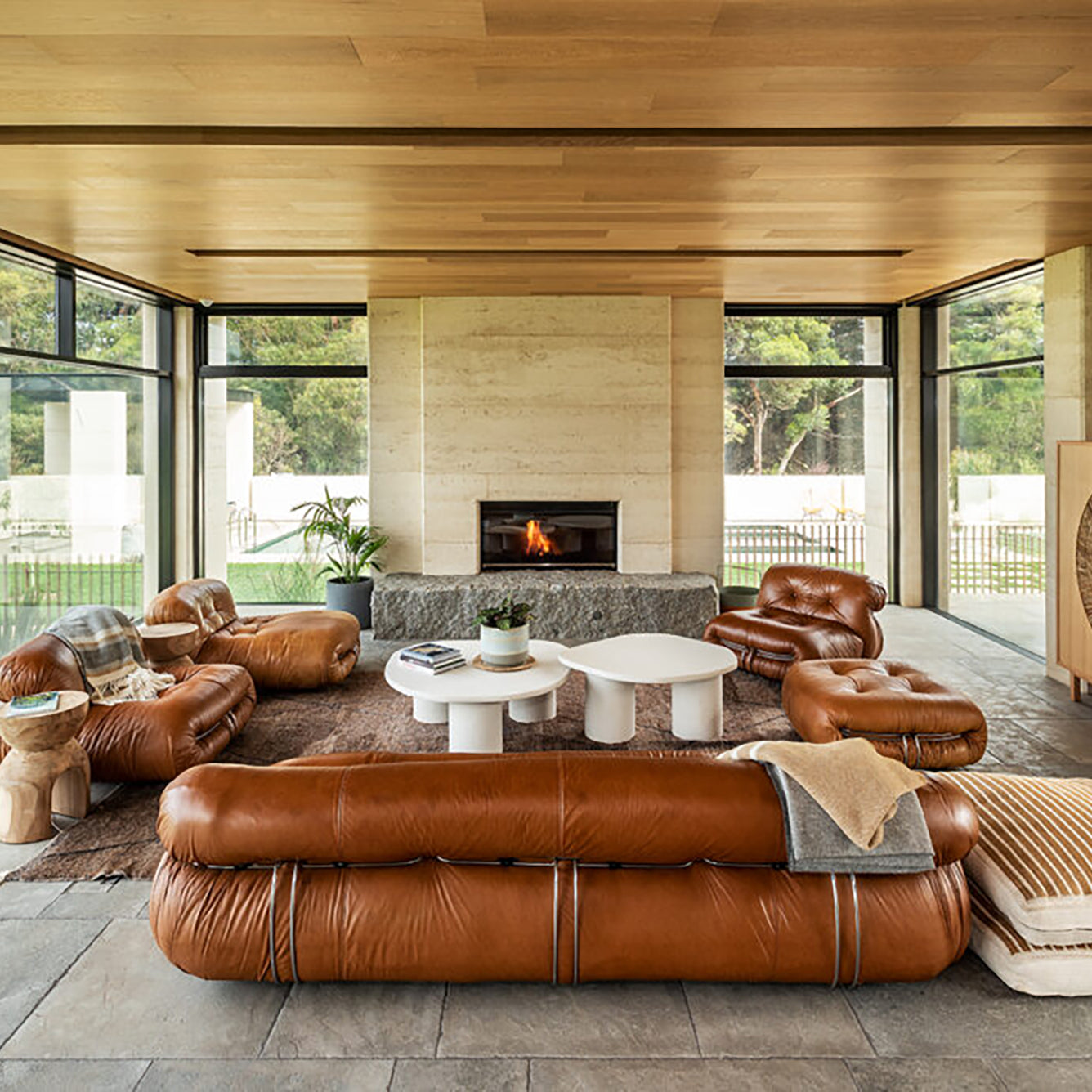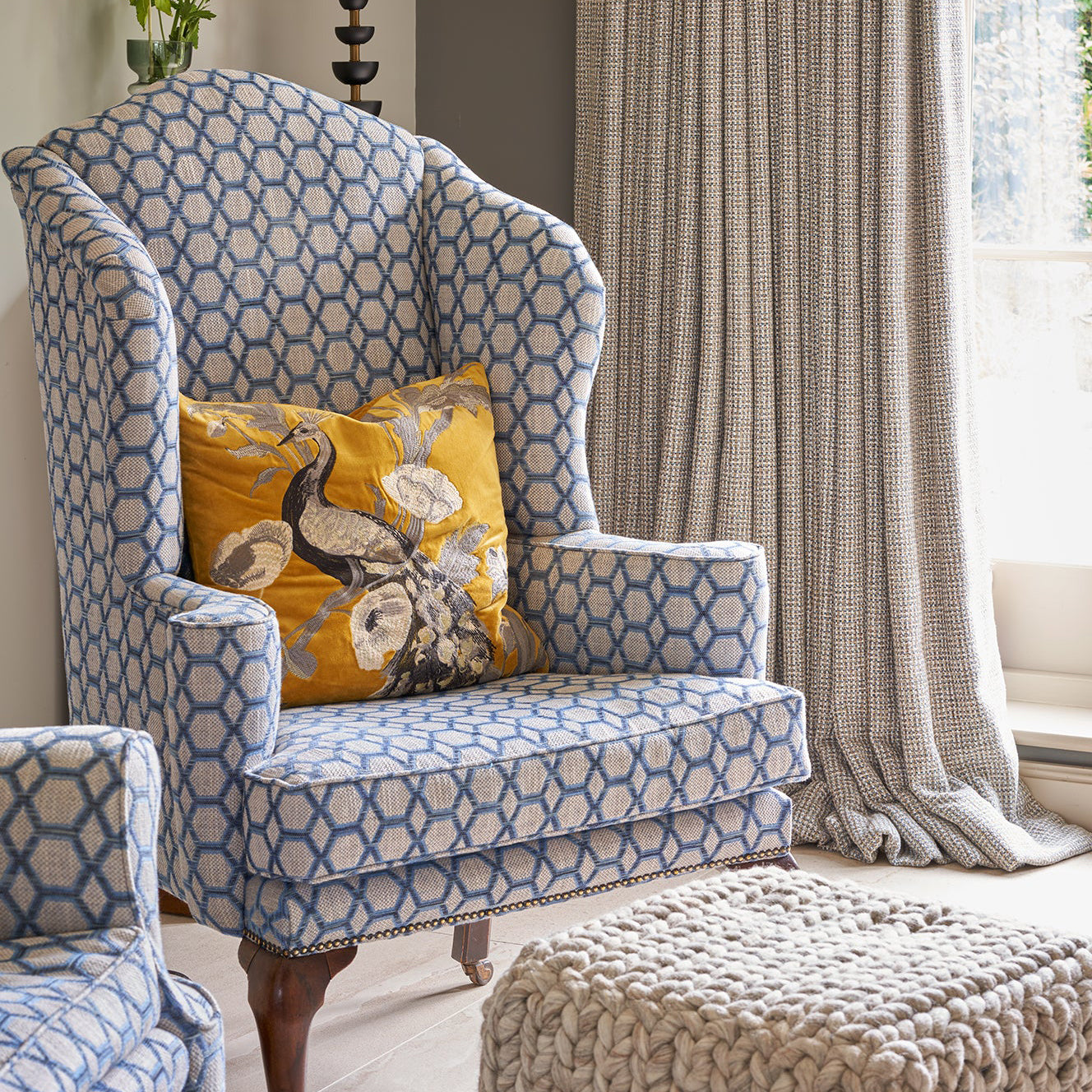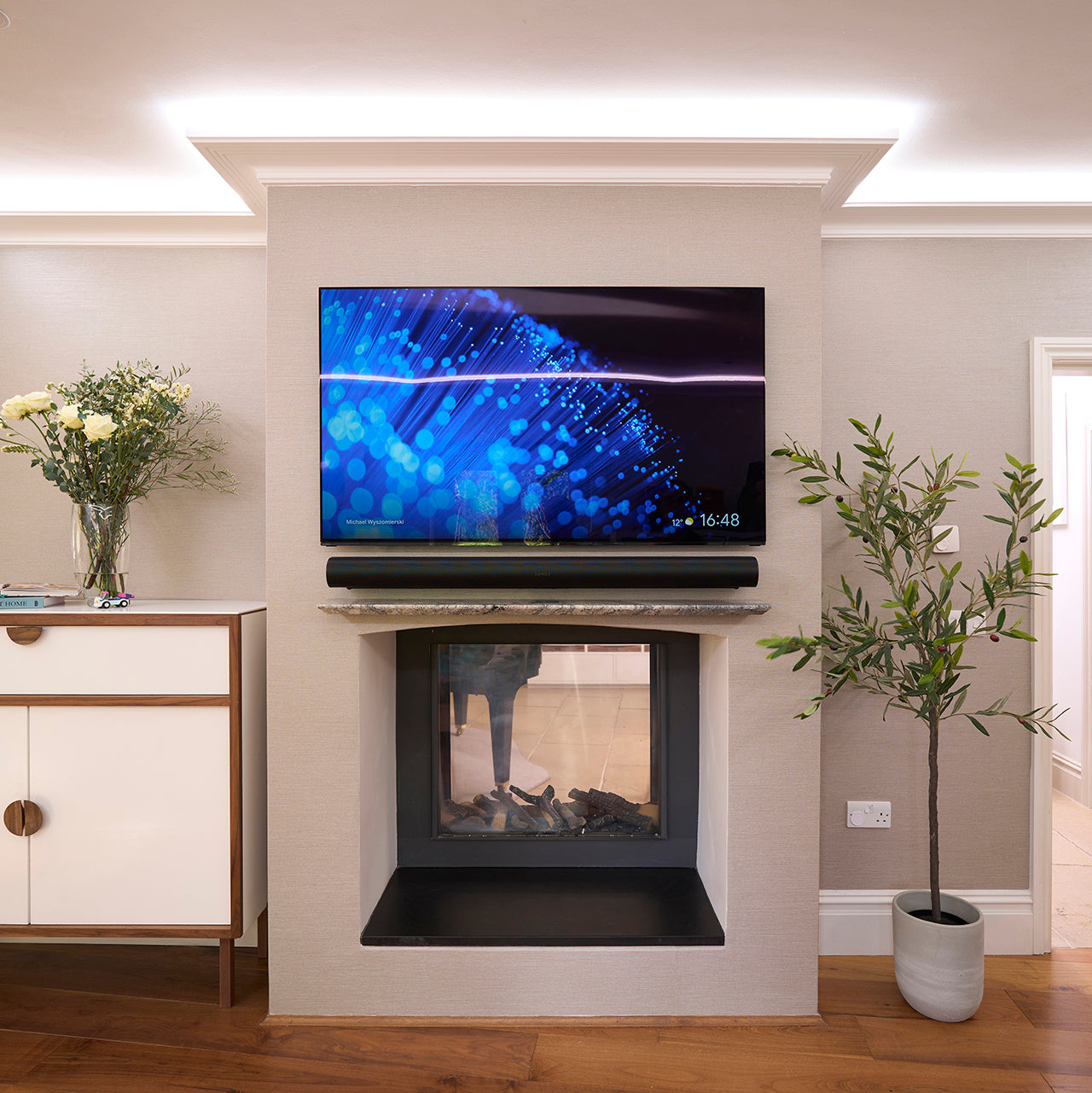MUSINGS, INSPIRATIONS, RECIPES, FEATURES & MORE
LATEST / INTERIORS INSPIRATION / COUNTRY & PERIOD HOUSE GUIDES / MUSINGS / SUSTAINABILITY / FEATURES / HEALTHY LIVING
CRAFTING YOUR DREAM: DESIGNING THE PERFECT WINE STORAGE AREA
The pursuit of the perfect wine storage area is a journey for any passionate oenophile. It's more than just a space; it's a sanctuary for your treasured vintages, a testament to your taste, and a stage for future enjoyment. But navigating the design process can be daunting. Worry not - this guide delves into the intricacies of crafting your ideal wine haven, delving deeper than the basic tips with insights and considerations for every step.

UNDERSTANDING YOUR NEEDS
Before even sketching floor plans, a crucial first step is introspection. Ask yourself:
Collection size & growth: How many bottles do you currently own? Projecting future growth helps plan storage capacity.
Wine types & ageing potential: Are you storing young wines for quick enjoyment, or long-term treasures destined for special occasions? Different wines have specific ageing requirements.
Budget & DIY level: What kind of investment are you comfortable with? Are you up for a DIY project, or seeking professional installation?
Personal style: Do you envision a rustic cellar atmosphere, a modern glass-walled room, or something else entirely?
ENVIRONMENTAL SANCTUARY
Wine's worst enemies are light, heat, vibration, and humidity fluctuations. Your design must combat these threats:
Location: Basements are ideal due to their cool, dark nature. Alternatively, consider climate-controlled rooms, insulated pantries, or even walk-in cupboards converted into mini-basements.
Temperature: Aim for a constant 55-58°F (13-14°C). Invest in a high-quality climate control system, preferably with backup options for power cuts.
Humidity: Maintain 50-70% relative humidity. Consider humidifiers or dehumidifiers depending on your local climate.
Lighting: Opt for soft, diffused LED lights that emit minimal heat and avoid ultraviolet rays which can damage wine. Include dimming options for a sophisticated ambiance.
Vibration: Protect your wines from vibrations caused by appliances, traffic, or even footsteps. Choose a stable location and consider vibration-dampening mats for racks.
STORAGE SOLUTIONS
Storing your precious bottles demands careful planning:
Racks: Horizontal storage is essential for keeping corks moist. Choose high-quality, well-ventilated racks made from food-grade materials like wood, metal, or bamboo.
Flexibility: Ensure your system can accommodate various bottle sizes (standard, magnum, jeroboam) and allows for future expansion. Modular or adjustable racks offer greater flexibility.
Label visibility: Easy label identification is crucial. Consider racks with angled slots or transparent dividers for quick visual access to your collection.
Organisation: Categorise your wines by type, vintage, region, or any system that facilitates browsing and selection. Labelling shelves or incorporating digital inventory systems can aid organisation.
DESIGNING WITH PASSION
Creating a functional space doesn't mean compromising on aesthetics:
Style: Express your personality. Think rustic charm with exposed brick and natural wood, or sleek modernity with glass walls and metal accents.
Seating & ambiance: Consider incorporating a tasting area with comfortable seating, perhaps a countertop for decanting and showcasing glassware. Create a welcoming atmosphere with music and subtle scents.
Security: Depending on the value of your collection, security measures like locks, alarms, or even climate-controlled safes might be desirable.
ADVANCED CONSIDERATIONS
For the true wine aficionado, delve deeper into these aspects:
Cellar management software: Track inventory, ageing timelines, and tasting notes with dedicated software.
Cellar door insulation: Ensure proper insulation for maintaining temperature and humidity levels.
Air filtration: Consider air filtration systems to remove dust, mould, and other contaminants that can affect wine quality.
Disaster preparedness: Plan for potential power outages, floods, or other emergencies with backup power systems and water damage mitigation strategies.
BEYOND THE BASICS
Vintage variations: Explore dedicated storage solutions for specific wine types, like fortified wines requiring cooler temperatures or sparkling wines needing additional support.
Ageing potential indicators: Implement visual cues like coloured dots or tags on bottles to indicate ideal drinking windows or specific ageing requirements.
Personal touches: Integrate elements that reflect your personality, like artwork with wine themes, a customised tasting table, or a display for awards or special bottles.
Sustainability: Consider eco-friendly materials for racks, insulation, and lighting, and explore renewable energy options for climate control.
BRINGING IT ALL TOGETHER
Remember, there's no one-size-fits-all approach. Tailor your design to your specific needs, budget, and style. Research extensively, seek professional advice if needed, and most importantly, let your passion for wine guide your decisions.




